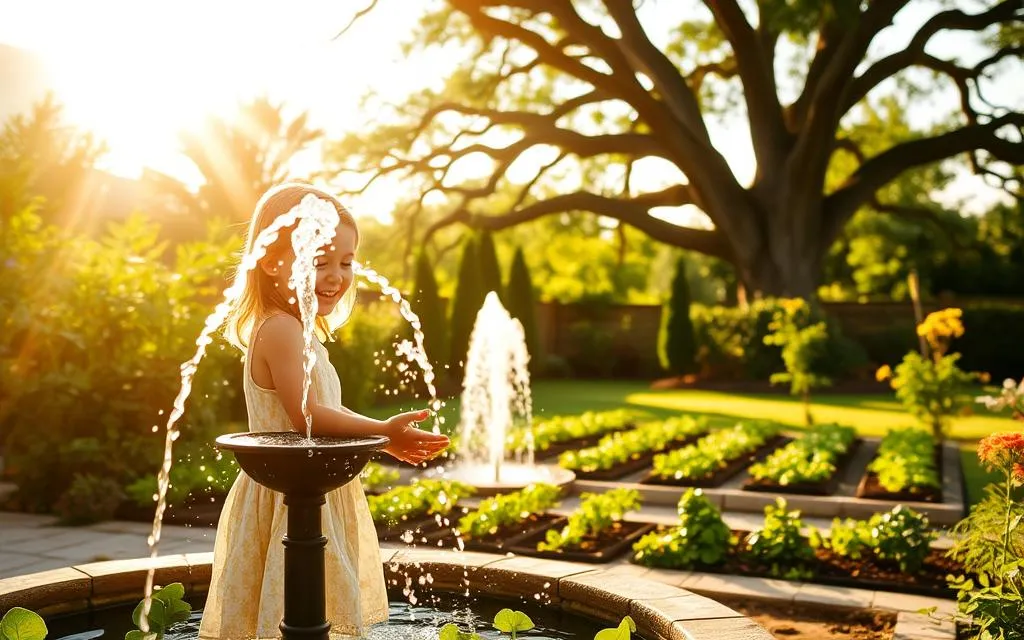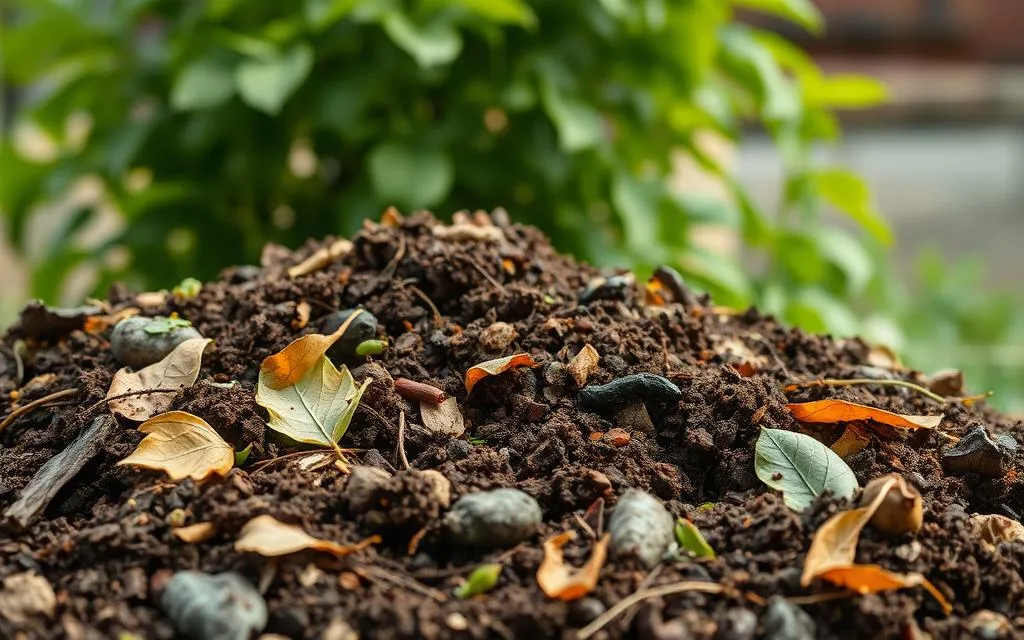envirocarecentral.com. Discover the Best Potting Soil for Indoor Plants – Explore the best potting soil for indoor plants! Our guide helps you choose quality soil that nourishes your plants for lush, healthy growth. Indoor plants have become a popular way to liven up living spaces and improve air quality, but they require proper care and attention to thrive. One critical aspect of caring for indoor plants is selecting the right potting soil. The best potting soil for indoor plants provides essential nutrients, proper drainage, and support for root development, all of which are essential for healthy plant growth. In this section, we’ll take a closer look at the qualities to look for in potting soil and provide recommendations for the top choices so you can be confident that your indoor plants are getting the best start possible. Discover the Best Potting Soil for Indoor Plants Key Takeaways: Choosing the best potting soil for indoor plants is crucial for their growth and health. The right potting soil provides essential nutrients, proper drainage, and support for root development. We’ll cover the top potting soil recommendations for indoor plants in this article. Understanding the Importance of Quality Potting Soil Indoor plants require specific care to thrive, and the right potting soil is essential to their overall health and growth. Potting soil serves several crucial functions, including providing important nutrients, promoting proper drainage, and supporting root development. Potting soil also serves as the anchor for your indoor plants, keeping them stable and upright. Indoor plants rely solely on the potting soil for their growth and development, making it a crucial component of their overall care. Using poor quality or inappropriate soil can damage indoor plants and make them more susceptible to disease and pests. The wrong soil consistency can cause water to accumulate and lead to root rot, while soil lacking in vital nutrients can stunt growth and weaken the plant. Therefore, it’s crucial to choose the appropriate potting soil for your indoor plants to ensure they receive the necessary care and support. Factors to Consider When Choosing Potting Soil for Indoor Plants When it comes to choosing the best potting soil for your indoor plants, there are several important factors to keep in mind. By considering these factors, you can ensure that your plants receive the proper nutrients and environment to grow and thrive. 1. Plant Species The type of plant you have will play a significant role in determining the type of potting soil you need. Different plant species have different requirements in terms of moisture retention, drainage, and nutrient levels. For example, succulents and cacti require a well-draining soil mix with less moisture, while tropical plants prefer a soil mix that retains more moisture. 2. Water Retention The ability of potting soil to retain water is a crucial factor in keeping your indoor plants healthy. Soil that retains too much water can lead to root rot, while soil that doesn’t retain enough water can cause your plants to dry out and wither. When selecting potting soil, be sure to check the water retention levels, and choose a soil mix that matches your plant’s moisture requirements. 3. Nutrient Content Indoor plants rely on the nutrients in the potting soil to grow and thrive. When choosing potting soil, look for options that are rich in essential nutrients like nitrogen, phosphorus, and potassium. Organic potting soil mixes are often a great choice, as they contain natural materials that provide a steady supply of nutrients over time. 4. Soil pH The pH level of the soil can impact the availability of nutrients for your indoor plants. Most plants prefer a soil pH that falls between 6.0 and 7.0. It’s a good idea to test the pH levels of your potting soil before using it for your plants. If the pH is too high or too low, you can add lime or sulfur to adjust the pH level accordingly. 5. Synthetic vs. Organic When choosing potting soil for your indoor plants, you’ll also need to decide between synthetic and organic options. Synthetic potting soil mixes are often cheaper and more consistent in quality, while organic mixes are more sustainable and environmentally friendly. Consider your priorities and the needs of your plants when making this choice. Top Recommendations for Potting Soil for Indoor Plants Now that we’ve discussed the importance of quality potting soil and the factors to consider when selecting the best soil for your indoor plants, let’s dive into some top recommendations. Here are our top picks: Soil Name Key Features Plant Types Organic Potting Mix Contains beneficial organic matter Provides proper drainage Retains moisture effectively Various indoor plants Pro-Mix Premium Potting Mix Lightweight and well-aerated Enriched with mycorrhizae for root development Low pH for acid-loving plants Acid-loving plants such as african violets and ferns Black Gold Natural & Organic Potting Soil Blend of aged bark, earthworm castings, and compost Provides good drainage and moisture retention No added synthetic chemicals All-purpose indoor plants Espoma Organic African Violet Potting Mix Specifically designed for african violets Rich in nutrients and minerals Excellent drainage African violets Miracle-Gro Indoor Potting Mix Contains coconut coir, which retains moisture well Provides essential nutrients No added synthetic chemicals All-purpose indoor plants These top recommendations are all excellent choices for indoor plants and provide a variety of benefits depending on your specific plant needs. Remember to consider factors such as plant type and nutrient content when making your selection. Expert Tip: If you’re unsure which potting soil to choose, opt for an all-purpose mix like the Black Gold Natural & Organic Potting Soil. It’s versatile and suitable for most indoor plants. How to Properly Use Potting Soil for Indoor Plants Using potting soil for indoor plants is essential for their growth and well-being. However, improper usage can do more harm than good. Here are some tips on how to effectively use potting soil: 1. Repotting If your indoor plant has outgrown its current pot, it’s time to repot it with fresh potting soil. Choose a pot that is one size bigger and fill it with new soil. Gently remove the plant from its old pot,






